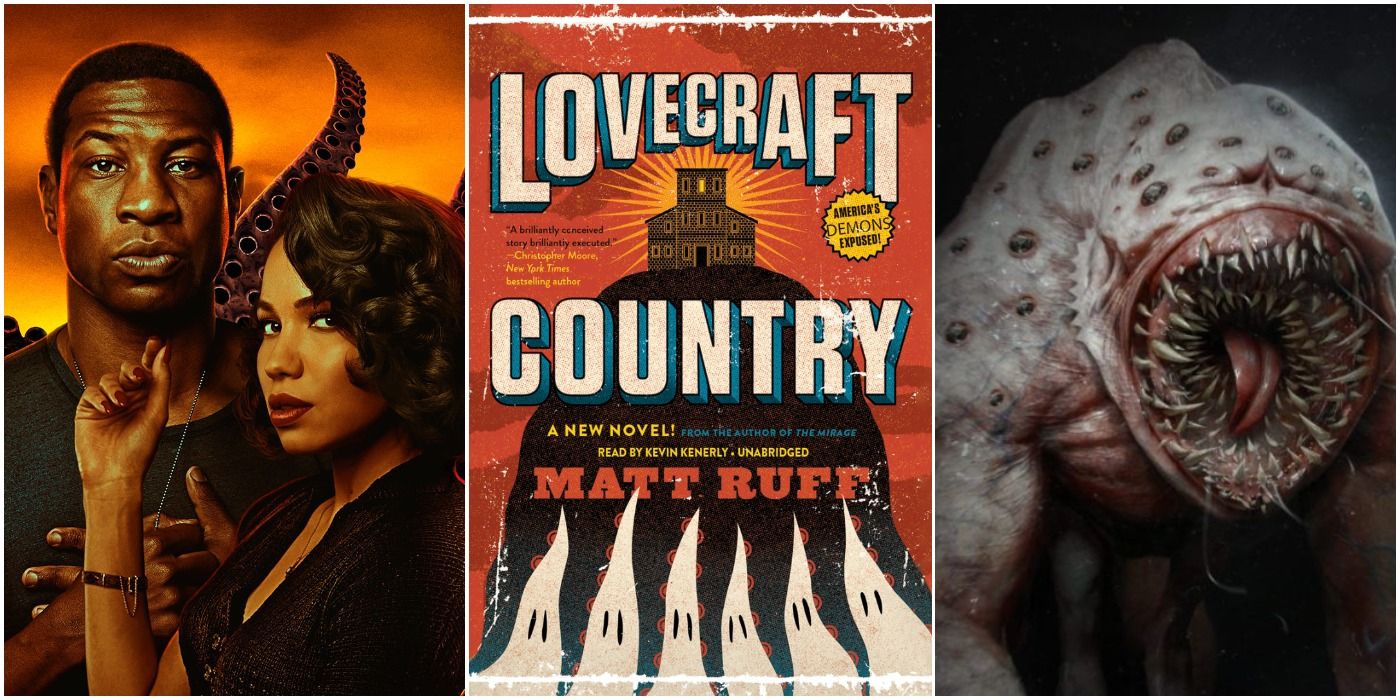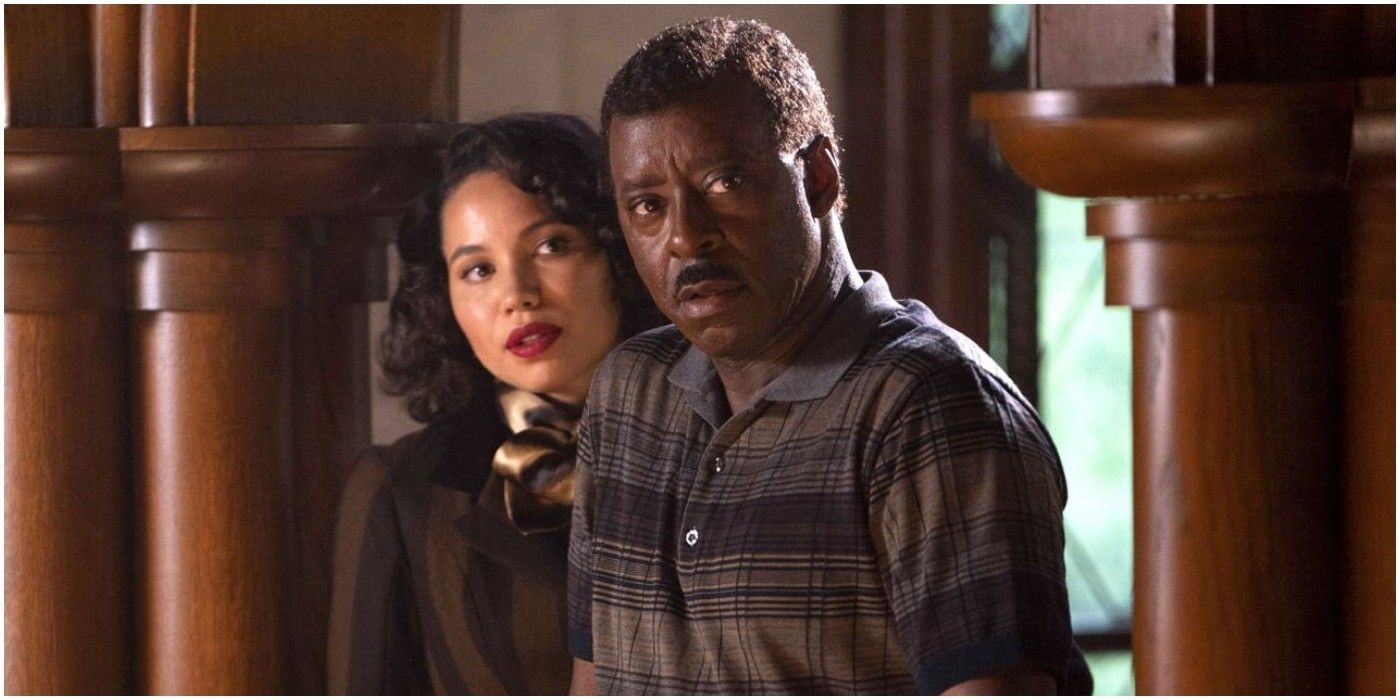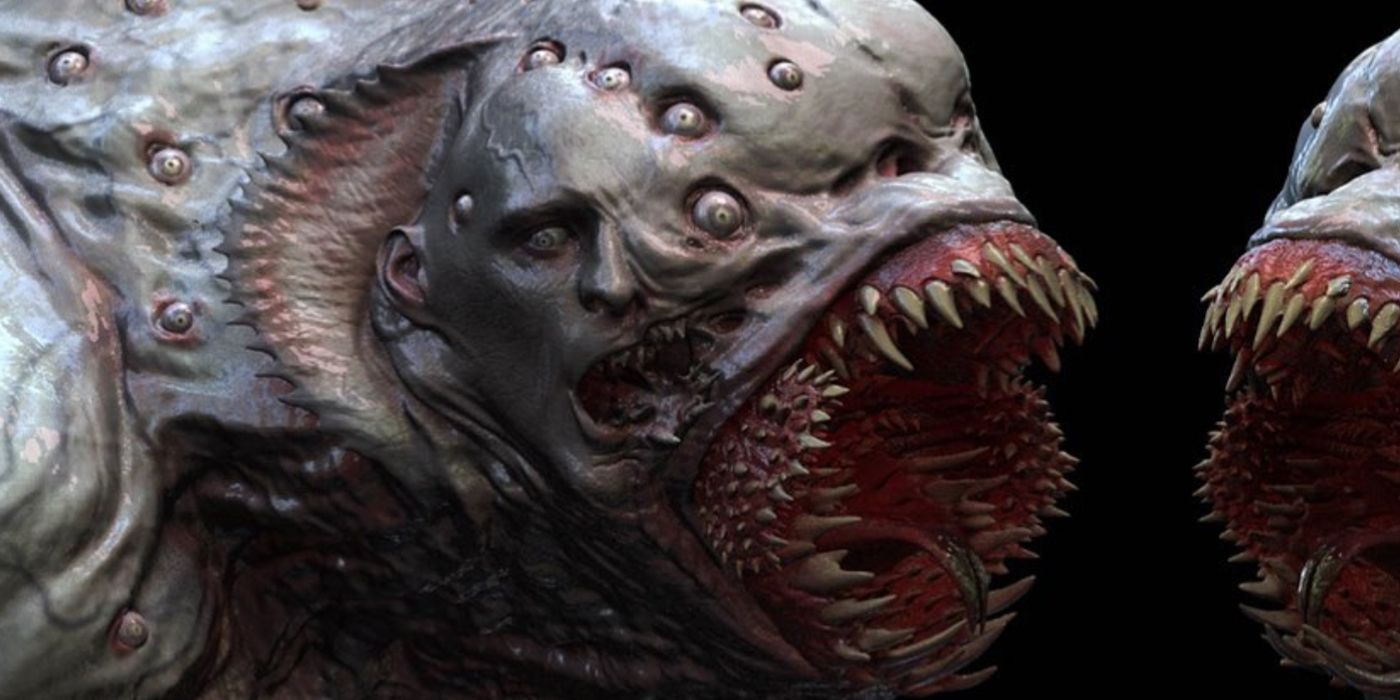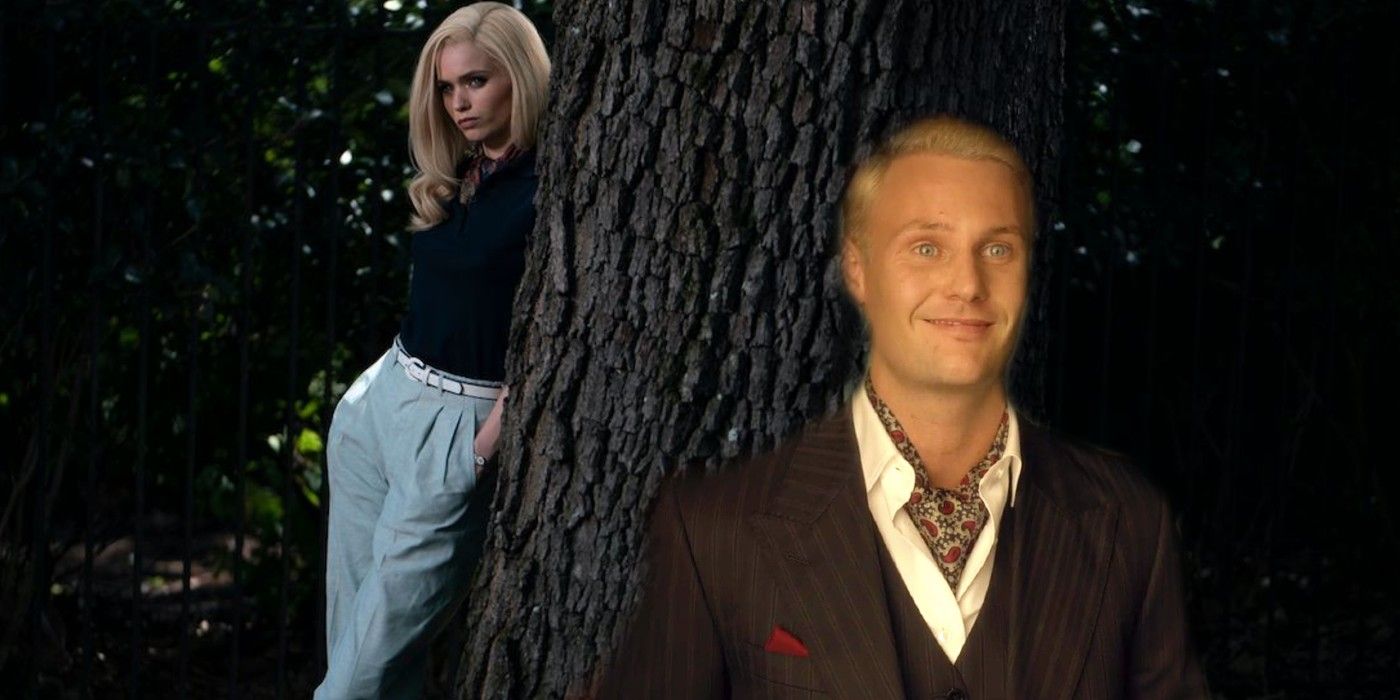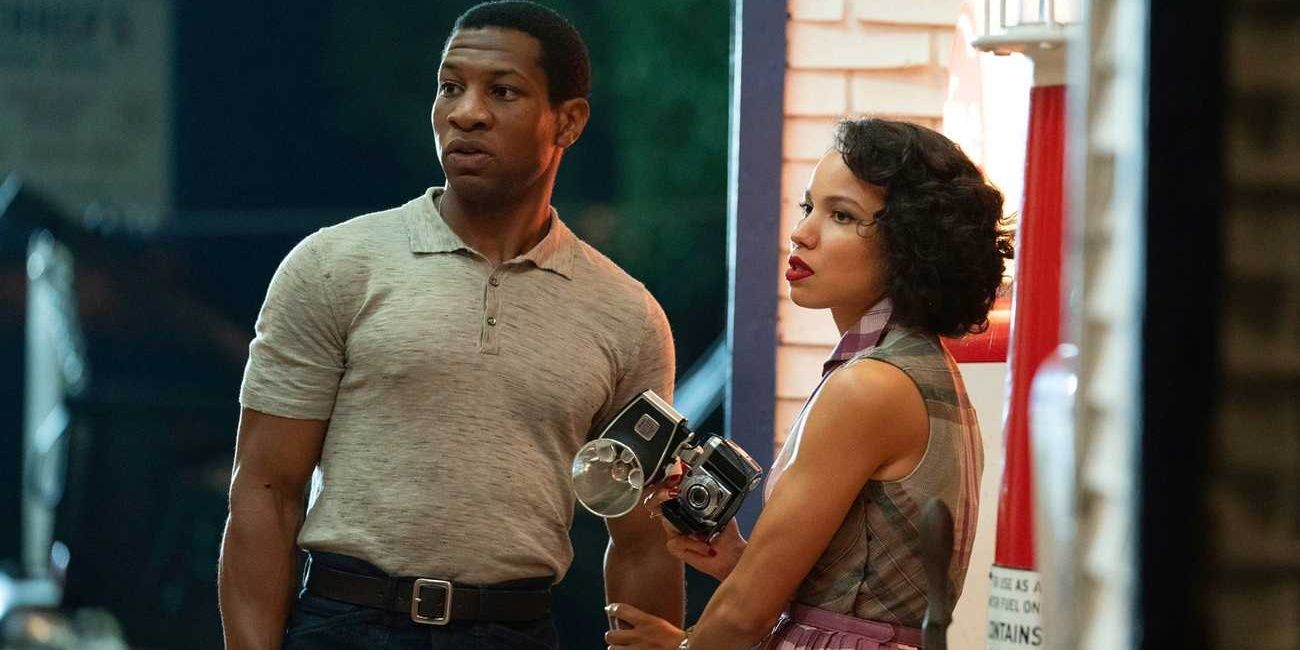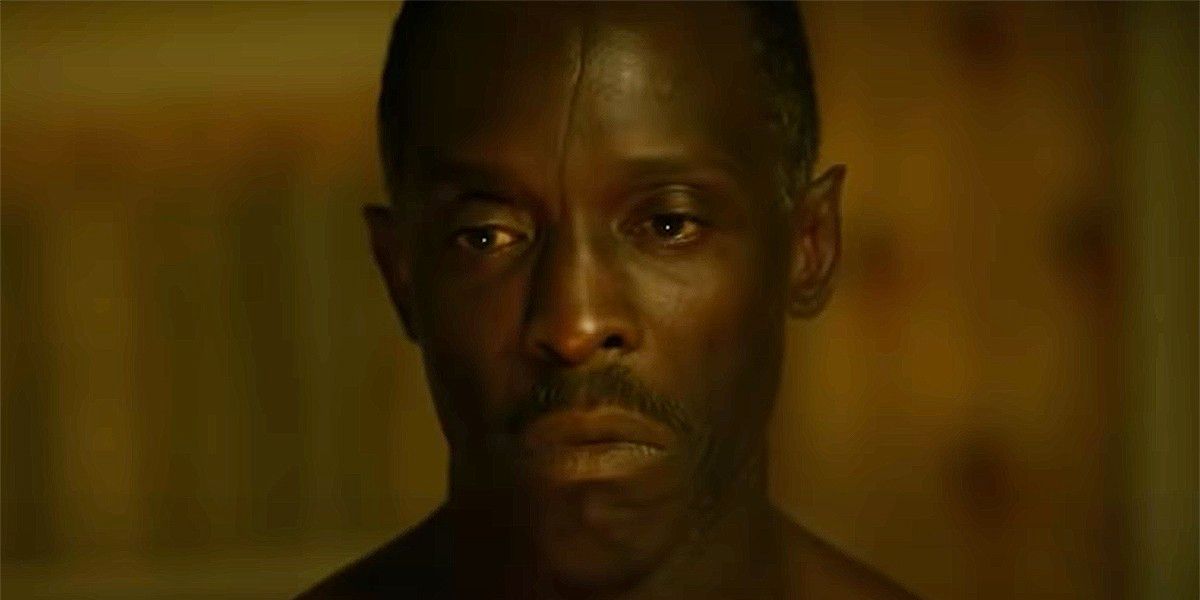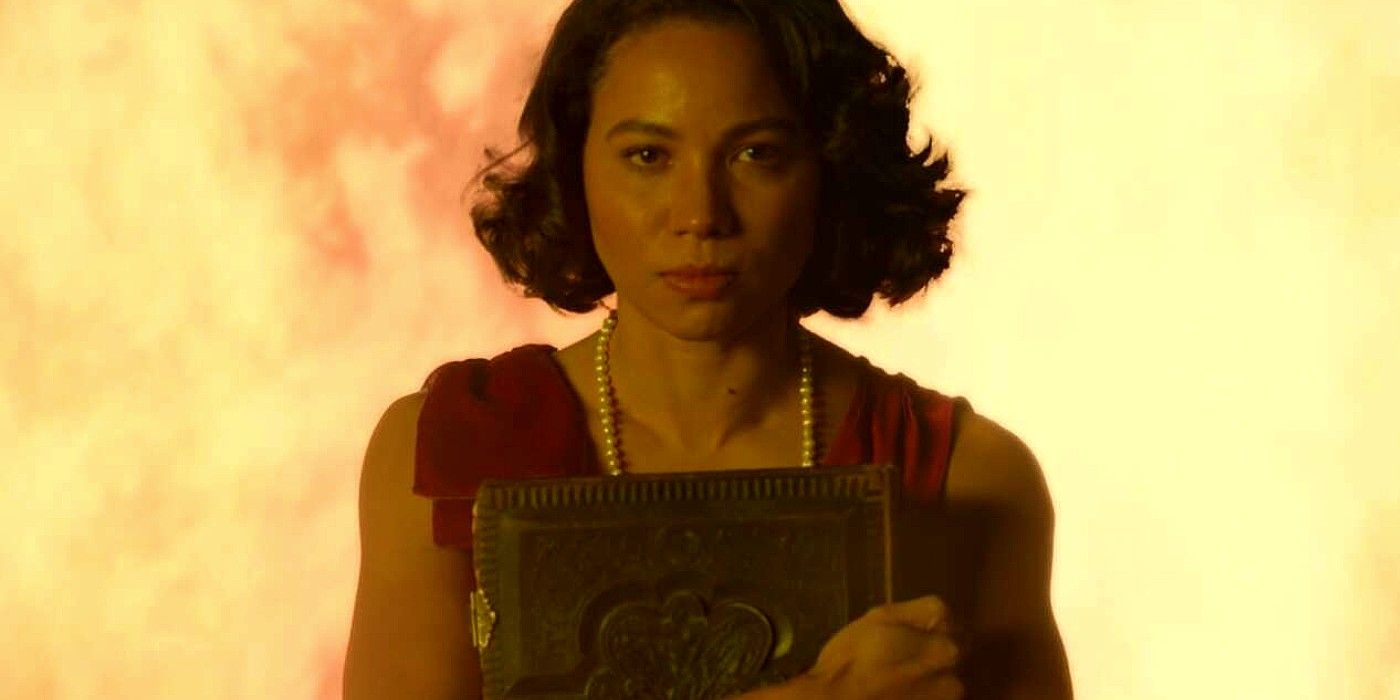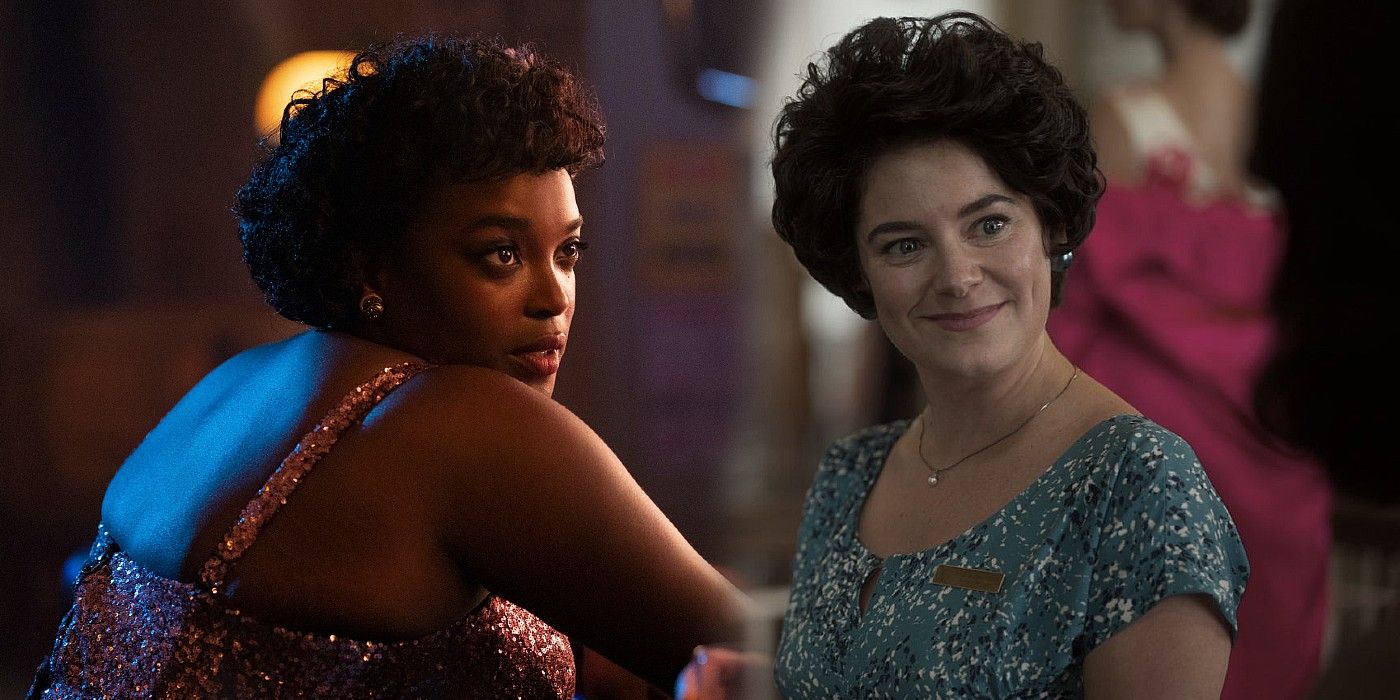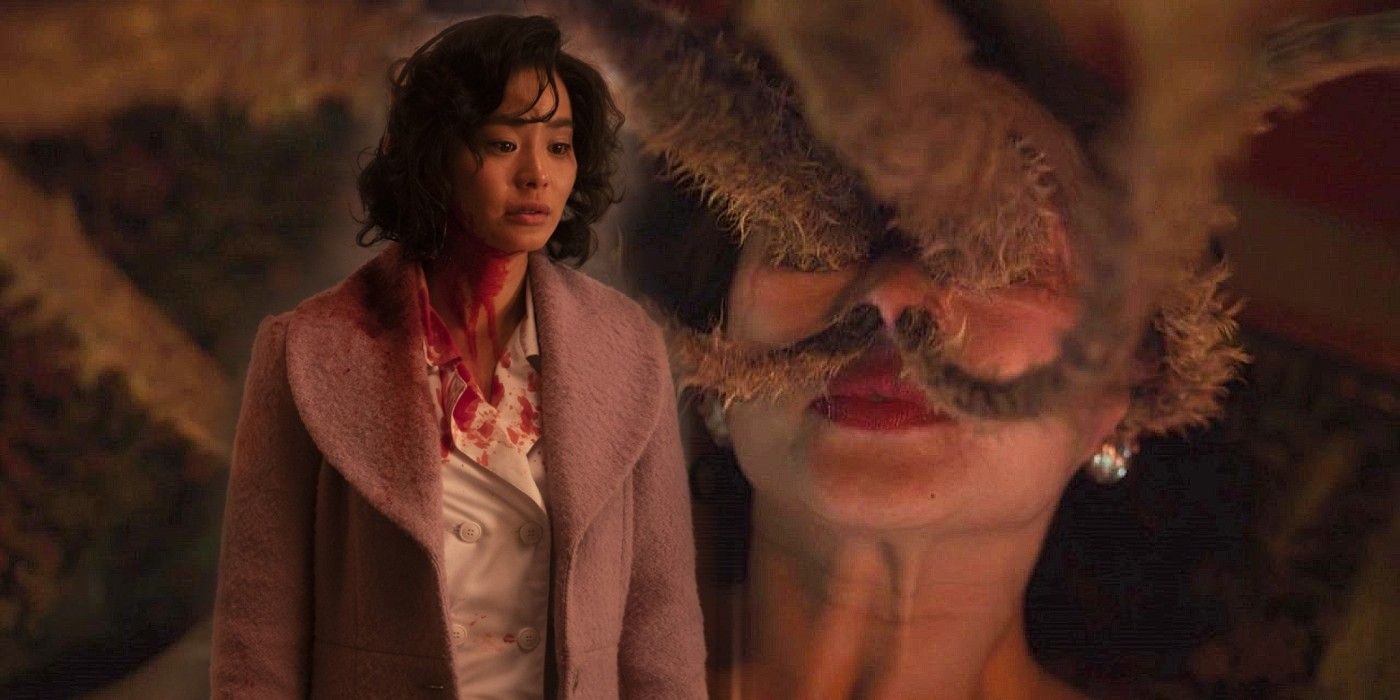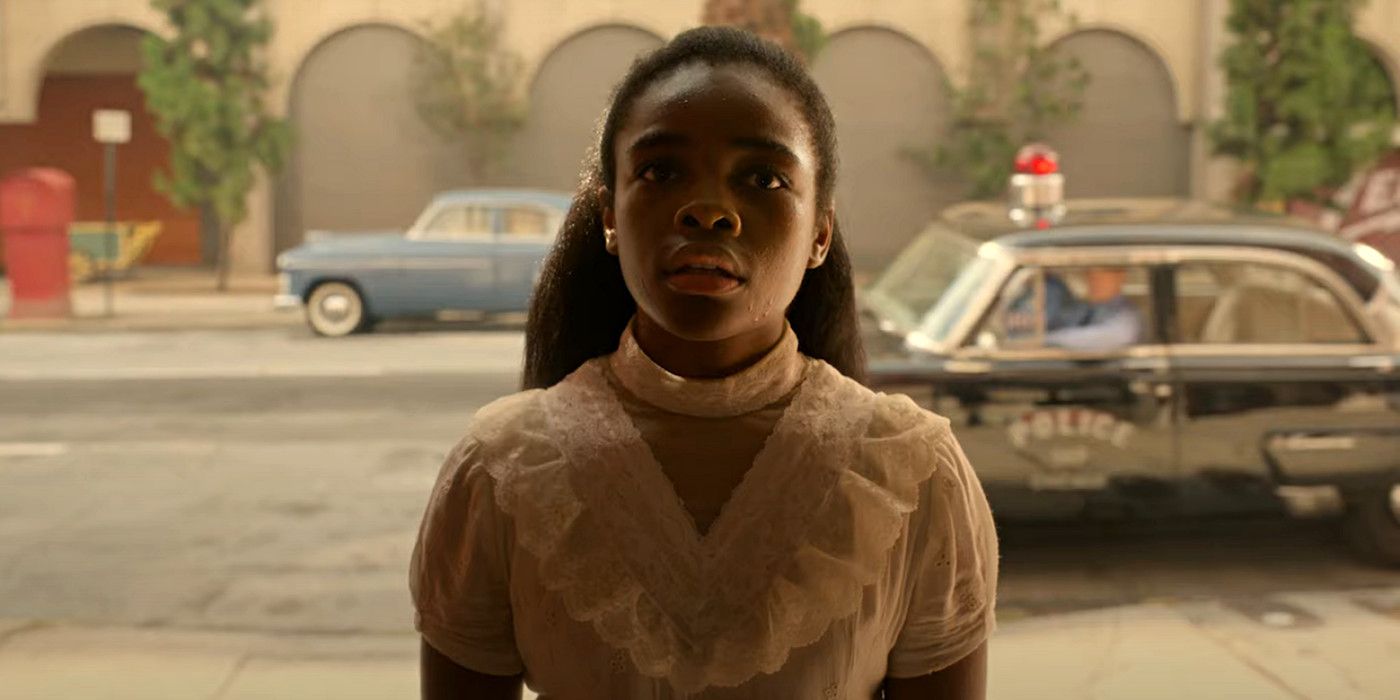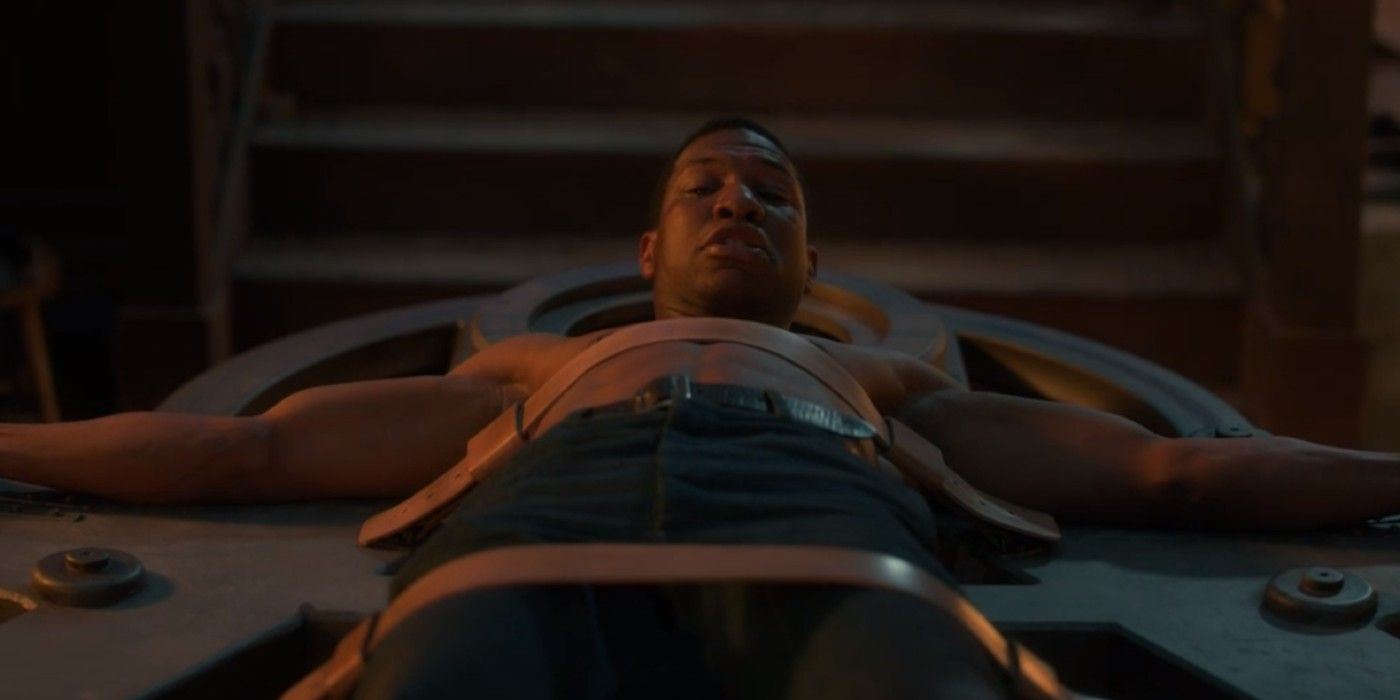There's no contesting that Matt Ruff's original collection of stories, Lovecraft Country, is a piece of sheer brilliance, not only centering H.P. Lovecraft's science fiction around Black characters, but subverting Lovecraft's well-known racism with stories that would likely make him roll over in his grave.
Atticus, Letitia, and their families are incredible characters who go through hell and back to take on white supremacy and magic simultaneously, but, when the tales are placed next to Misha Green's amazing HBO TV series, one outshines the other without a doubt. The series came alive with richer storytelling, deeper history, and layers of meaning under Green's deft hand.
The Characters Came Alive
One of the reasons Green's show is arguably the best series of 2020 is because of how layered and multidimensional the characters are in her writing. Lettie isn't just some lucky girl doing what God tells her to do, but a complex woman whose courage and determination are unmatched. Jurnee Smollett-Bell made the character absolutely unforgettable.
The relationships between Tic, Montrose, Ruby, Christina, George, Hippolyta, Diana, and Ji-Ah, some of whom only appear in the show, to begin with, are so much more complicated and representative of people from all facets of life, making it one of the most relatable shows ever made while still scaring the audience's pants off.
There Were Much More Supernatural Shenanigans
There are certainly Lovecraftian monsters in Ruff's stories—it wouldn't be Lovecraft Country without them—but the show really dazzles with all of the shoggoths, creepy creatures, shape-shifting monsters, and gore galore. Green took many different horror tropes audiences are familiar with from classic movies or series like American Horror Story and gave them new twists, often making white people the scariest monsters of all. Ruff does this in the book, but not nearly as visually or as meaningfully.
Ruff, for example, creates a friendship between Lettie and the ghost in her house, while Green creates a much bloodier confrontation with a nefarious ghost that not only highlights the horrors of experimentation on Black people against their will, but also makes Lettie the hero who sets their souls free.
It Added More Women
There's not only a dearth of Black characters in typical sci-fi and horror stories, but a lack of powerful women, as well. While Lettie, Hippolyta, and Ruby were all present in Ruff's book, the characters Christina and Diana were both originally male, and Ji-Ah wasn't even in the book. These simple changes created a much more engaging series for many viewers who connected with the characters.
In Ruff's version, Hippolyta traveled to scout out locations for The Safe Negro Travel Guide, but George takes these trips in the show. It's more empowering for her in Ruff's work, but her time at home helps further her storyline and the incredible "I Am" episode which resonated with so many viewers.
It Created Richer Experiences And Connection
None of the characters in Ruff's Lovecraft Country are nearly as invested in one another as they are in the show, where love, hate, and dramatic interpersonal relationships ultimately drive the series. Lettie and Atticus are in love in the series, and Atticus's ultimate sacrifice is largely to save the life of their son. Atticus is likely the son of George, not Montrose, as his mother was close to both brothers as they fled the Tulsa Massacre of 1921.
Both Ruby and Christina's relationship and Montrose's relationship with Sammy were added, creating so much more complexity and adding LGBTQ representation. Ji-Ah's character addition not only added more depth as Atticus's previous love interest, but so did her relationship with Lettie in the end.
It Tackled Toxic Masculinity
Audience members cheered when Lettie reminded Atticus that he wasn't the only one facing a living nightmare. "It didn't just get dangerous. He was kidnapped. I died. Can you stop acting like this is only happening to you?" She even says he's not the center of the universe. Moments like this that weren't in the book make the series resonate so much more, as do the men's behavior, whether Atticus isn't calling Lettie crazy, instead inviting her to share her ghost theories or Montrose is finally accepting Sammy as his love.
The men certainly aren't perfect, from Atticus's own homophobia to Montrose's previous treatment of Sammy and the horrific murder of Yahima, which Green has admitted was a failure for the show. But, it's certainly a far more progressive take than many other sci-fi programs have provided.
The Show Integrates Ruff's Stories Into One
Ruff's novel is made up of eight short stories, which definitely works for his purposes, but the show integrates them all together, not only expanding and adding more details, agency—Atticus decides to find Hiram's pages in the show, for example, when it was Caleb calling the shots in the book—and character development, but connecting them all as a cohesive single story.
This is also done by using stories Ruff's characters mention in the book as actual scenes like depicting the Tulsa Massacre, including more historical references to the horrific murder of Emmet Till, and adding details about Atticus's ancestors and family to form a richer story overall.
It Made The Entire Thing Scarier
From Ruby's horrifying transformations to Diana's terrifying twin curse and the looming threat of the white antagonists, the show is just plain scarier than the book. Like Lovecraft's original works, Ruff's scary moments often rely more upon what the reader doesn't see, while Green's show has it all upfront and center, forcing you to confront each uncomfortable scene. From those twins to the ghosts in Lettie's house, there are visuals that won't leave many a viewer's mind anytime soon.
Both methods are effective in terms of a good horror story, but, when the two are side-by-side, in this case, the show is just more impressive.
It's Rich With Symbolism And Cultural References
Most sci-fi fans love a good reference, and Green never fails to disappoint by implementing nods to everything from historical black writing, like Gil Scott-Heron's "Whitey on the Moon," to mythological additions like the kimho, the creature inhabiting Ji-Ah. There are even a few modern implementations, as a song by Marilyn Manson and Montrose's escape route, which brings to mind The Shawshank Redemption.
More subtle symbolism is also woven into the show. By choosing to make Christina both the main villain and biggest threat, for example, the show demonstrates the role that white women, even when appearing to be kind, have played in upholding white supremacy.
It Gave Diana A Place To Go During The Next Season
HBO's series ended in a much different place than the book, with lots of blood, death, and sacrifice. One of the biggest changes was for Diana, who not only finished Christina off with her incredible new mechanical arm, courtesy of her brilliant mother, but is also now in control of Tic's protective "pet" monster.
The scene chillingly portrayed the young woman having grown up much more quickly than she should have had to due to the violence in her life, an unfortunate reality for many young black people in America still today. But it also gave it a science fiction twist and a hint that D may have an even more prominent role if the series continues.
The Stakes Were So Much Higher
The heavy losses we sustain in the J.J. Abrams and Jordan Peele-produced show just aren't in the book, and, while audiences would much rather still have Montrose and Atticus alive, their sacrifices are incredibly meaningful in the show.
Not only does Montrose's death further Hippolyta's story, a complete reversal of the common "women in refrigerator" trope found in so many sci-fi and horror stories, but Atticus's willing sacrifice left the power in the hands of the women of his life. It's an incredible, refreshing change to witness a tragedy where not only the main character performs this ultimate act to benefit not only his family but the world itself, but the people directly benefiting are mostly women.

